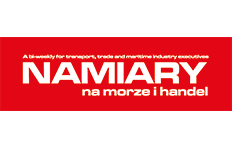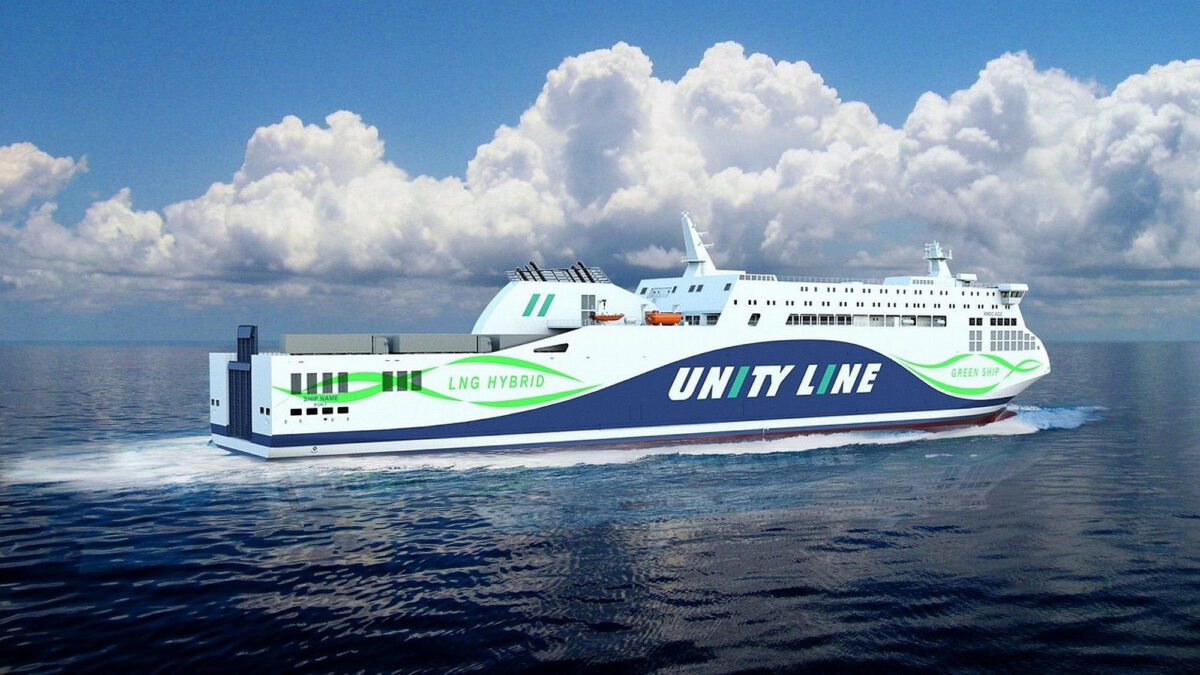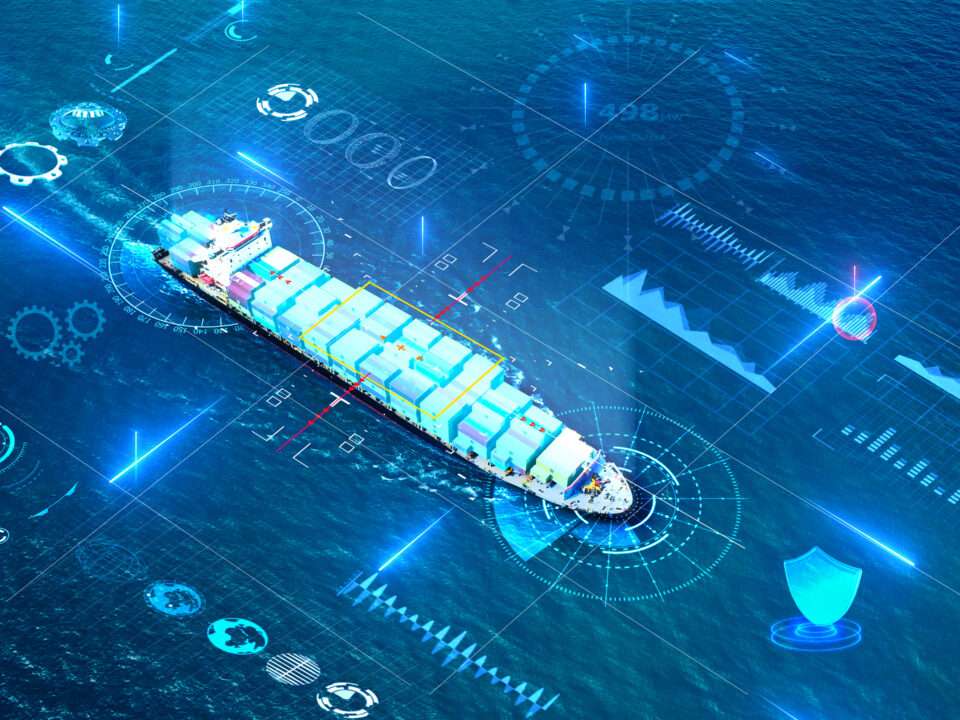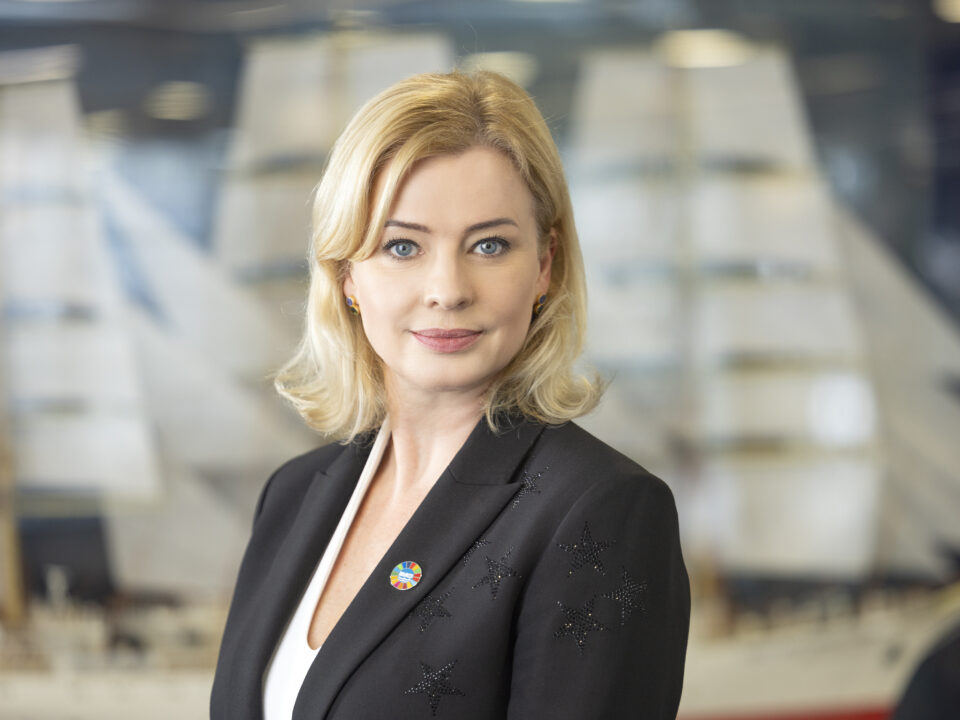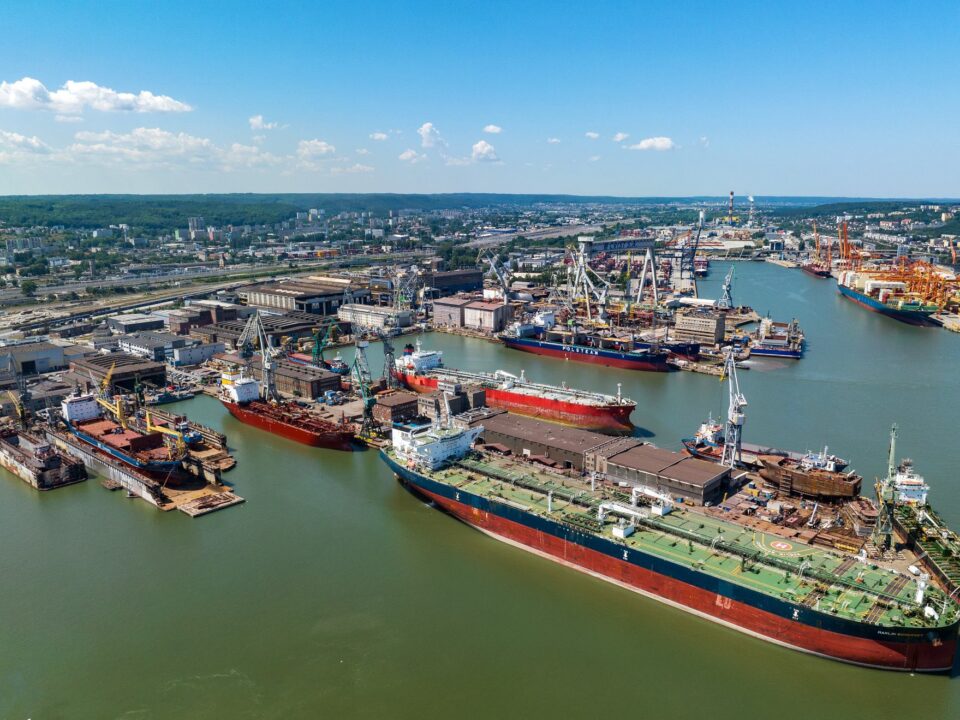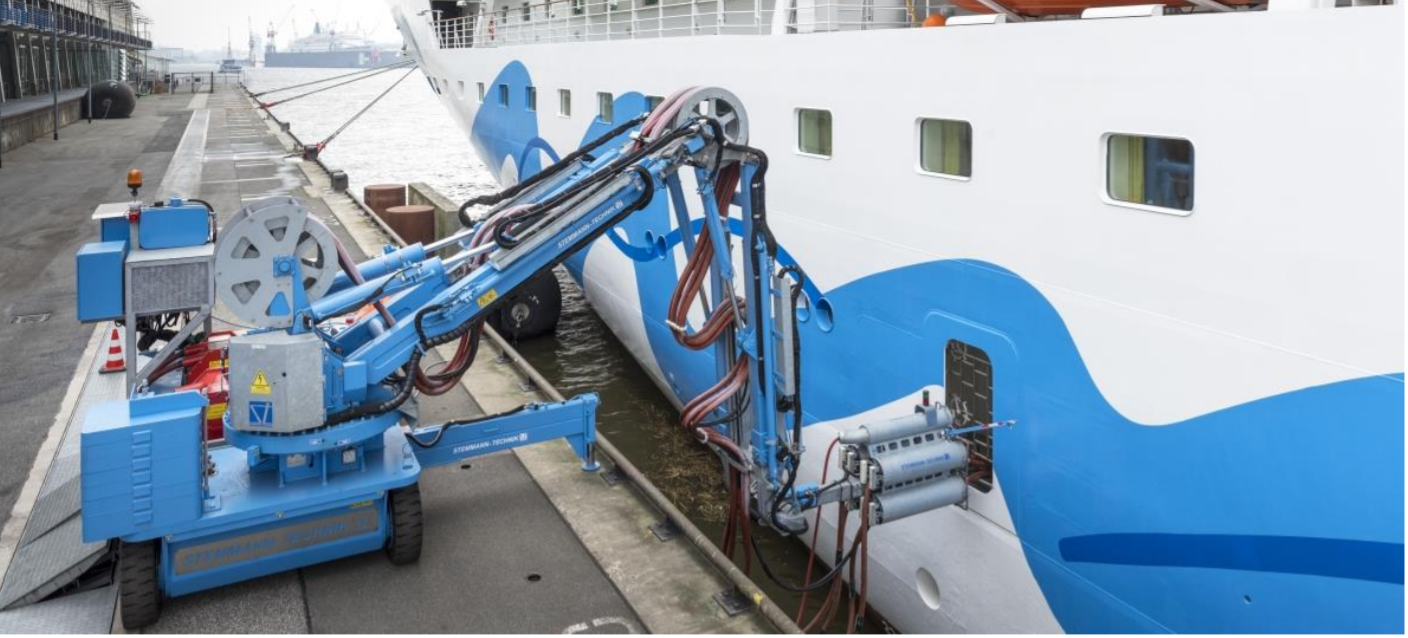
Onshore power will flow
19 September 2023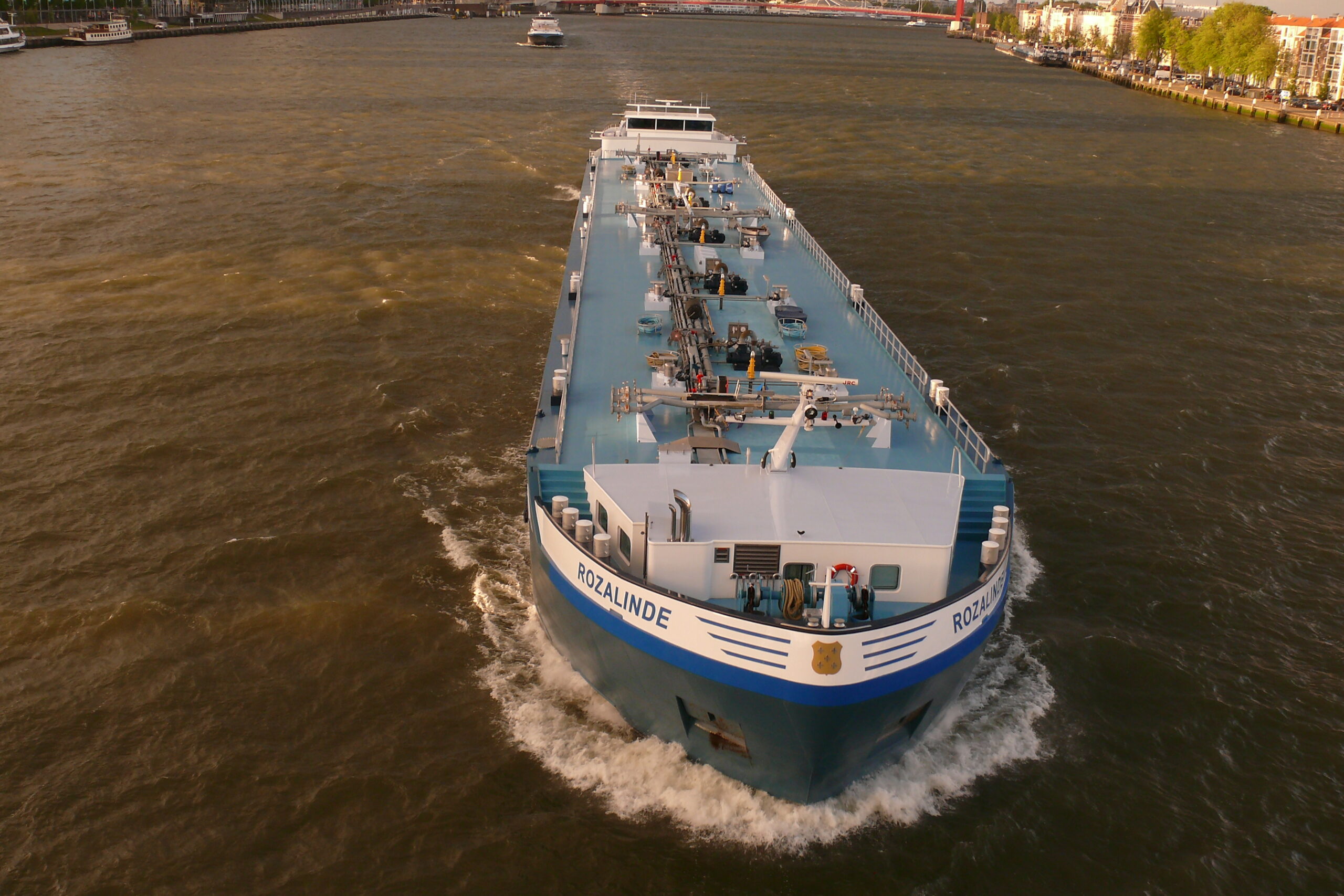
Bring transport back to rivers
29 September 2023European shipyards recorded a 42% increase in new orders in 2022. They signed 99 contracts compared to 69 contracts concluded the year before. This growth is related to demand for small dry cargo vessels, as Europe is becoming attractive for the construction of said vessels due to short delivery times.
However, a declining portfolio of orders for cruise ships has led to a loss of market share in terms of gross tonnage (GT) from 6.7% to 5.1% of the global order portfolio. This happened despite the fact that European shipyards still have orders for 27 large and very large cruise ships, none of which were placed after 2020. Only 5 contracts for small and medium-sized cruisers were signed last year. According to Poland@SEA, Europe’s shipbuilding leader (according to data for 2022) in terms of GT is Italy (2.7 million GT), ahead of France (1.5 million GT) and Germany (1.1 million GT). Poland ranks 7th with 0.25 million GT.
“The situation in the shipbuilding industry is unusual at the moment. It is experiencing both prosperity and recession. Ship prices are reaching their highest levels ever. However, this does not mean that they were followed by higher profitability of the shipyards. This is due to rising manufacturing costs,” explained Ireneusz Karaśkiewicz, Director of the Association of Polish Maritime Industries FORUM OKRĘTOWE.
He points out that the shipbuilding industry has divided into 2 groups of shipyards: large shipyards building huge container ships or LNG carriers, and medium-sized or smaller shipyards. In the former case, nearly 100% of global production is concentrated in 10 shipbuilding groups located in Asia. This range of vessels is experiencing a major recovery that exclusively benefits Asian shipyards. Smaller and medium-sized shipyards, on the other hand, continue to experience recession and excessive manufacturing capacity. Although this will not last much longer.
If only because of the ageing fleet. Out of the 125 thous. registered vessels, 50 thous. are 25 years old or older. Therefore, a fleet renewal process must take place, although it is well behind schedule. This is due to the huge uncertainty introduced by environmental regulations – shipowners now have a dilemma as to which propulsion system to choose for a ship in order to satisfy all environmental regulations for as long as possible. That is why, according to shipbuilding industry analysts, we are in for a largely overdue recovery.
The specialty of Polish shipyards, as far as finished vessels are concerned, are ships using modern and environmentally friendly propulsion technologies that have already become a hallmark of our shipbuilding sector. The most recent challenge in this regard will be the construction of a series of 3 ro-pax ferries (with an option for 4) with LNG propulsion in the Remontowa Shiprepair Yard in Gdańsk, a member of Remontowa Holding, ordered by Polskie Promy, whose shareholders are the State Treasury and the Polish Steamship Company. The contract was signed on 26 November 2021, whereas the production of the first ferry commenced at the end of October last year. As stated by I. Karaśkiewicz, this is one of the largest orders for a series of passenger ferries of this size received by European shipyards, as in recent years such orders have been almost exclusively built in China. Vessels built at the Remontowa Shiprepair Yard in Gdańsk will be 195.6 metres in length, 31.6 metres in width and have a load line of 4,100 metres. They will be powered by 4 dual-fuel LNG engines with hybrid assistance. Instead of conventional propellers, each ferry will be equipped with 2 azimuth thrusters at the stern and 2 thrusters at the bow, improving manoeuvring in ports. The first ferry was launched in 2023 and is expected to enter into service in late 2024 or early 2025. On the other hand, the cutting of sheet metal for the second vessel took place at the end of March of this year.
At the end of October of last year, the Crist shipyard launched the third double-ended hybrid ferryfor Suomen Lauttaliikenne Oy (Finferries), a Finnish shipowner. The 70-metre-long vessel was specially designed for the Nauvo-Korppoo connection, located in the so-called Turku archipelago. It will have the capacity to carry up to 52 passenger cars or a combination of trailers, trucks, buses and cars, as well as up to 200 passengers. The ship will be powered by shore-to-ship charged battery banks and equipped with a diesel auxiliary drive. Meanwhile, the second ferry from this series, Altera, was delivered to the shipowner in the middle of last year. It is worth recalling that the first ferry of this type built by Crist for Finferries was Elektra, which received the international “Ship of the Year” award at the Marine Propulsion Awards 2018.
Polish shipyards also carry out projects for the Navy. Preparations are underway for the construction of 3 frigates for the Navy, to be carried out by the PGZ-Miecznik consortium. The members of this consortium include: Polska Grupa Zbrojeniowa (Polish Armaments Group), PGZ Stocznia Wojenna (PGZ Naval Shipyard), whereas Remontowa Shipbuilding recently withdrew from the consortium. The contract provides for the development, construction and delivery of 3 frigates with the Integrated Combat System (ICS) by 2034. The value of the entire order, including the fire units and logistics package, totals approx. PLN 8 billion. Partners in this endeavour include the British arms company Babcock, which will provide the design of the AH140 ship platform and a wide range of knowledge and technology to build the vessels. Thales, responsible for the ICS area, will cooperate with the PGZ Naval Shipyard and OBR CTM. The construction of a hull hall and production hall for the purposes of this project has begun on the premises of the PGZ Naval Shipyard in Gdynia.
On the other hand, Remontowa Shipbuilding focuses on building another 3 Kormoran II class mine destroyers. The contract for their production was signed at the end of July of last year. The vessels under construction will be improved based on experience gained from operating earlier versions, will have more powerful armaments and will be equipped with better sensors and naval robots, as well as an upgraded integrated combat system. They will enter service in 2026-2027 and will be part of the 12th Minesweeper Division of the 8th Coastal Defence Flotilla, forming part of the Navy’s mine defence system. Three vessels have been delivered to the Navy thus far, whereas the cutting of sheet metal for the construction of the 4th destroyer, named ORP Jaskółka, commenced at the end of March of this year.
Article developed with Namiary na Morze i Handel magazine
phot. Namiary na Morze i Handel magazine
